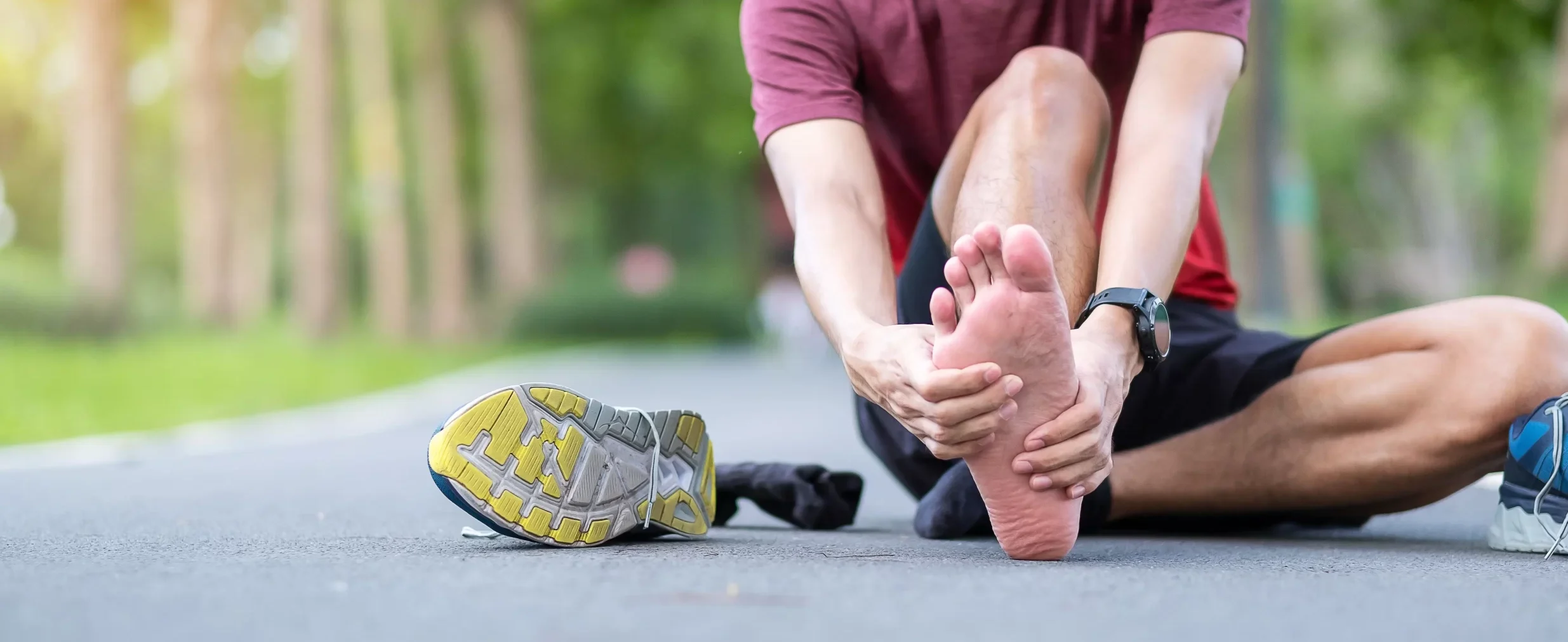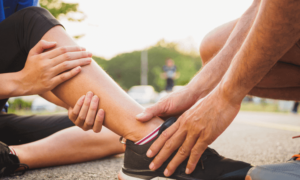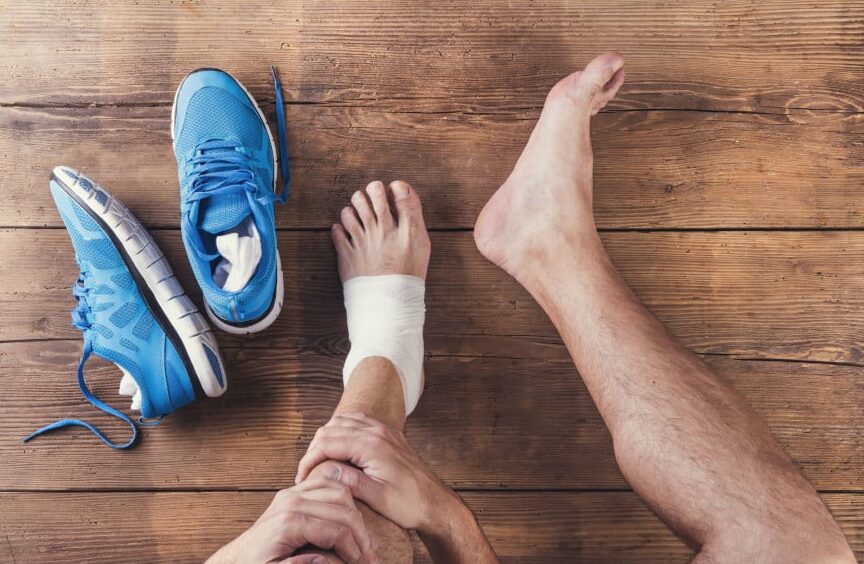
Rest and recovery are essential techniques for athletes to recover from sports injuries. Immobilization, ice, compression, and elevation are commonly used techniques for pain management. Rest is crucial for preventing overuse injuries and allowing the body time to recover. Sleep and hydration are also important for recovery and preventing injuries. Compression garments and massage can improve circulation and reduce muscle soreness, aiding in the recovery process. Additionally, water aerobics, which combine active recovery and hydrotherapy techniques, are effective for muscle recovery.
Physical therapy and rehabilitation are also important techniques for athletes to recover from injuries. Physical therapists design individualized plans to help athletes recover and regain their strength and mobility. Rehabilitation protocols include exercise rehabilitation, graded activity, manual therapy, and massage therapy with taping techniques. Physical therapy not only helps athletes recover from injuries but also prevents further injuries by improving strength and flexibility. Therefore, incorporating physical therapy into an athlete’s recovery plan is crucial for a safe and speedy recovery.

Pain management techniques are also important for athletes recovering from injuries. Injections, such as corticosteroids, can reduce swelling and pain. Exercise and conditioning can help the body produce anti-inflammatory effects and reduce feelings of pain. Learning proper techniques for playing a sport and avoiding exercise when tired or in pain can also prevent injuries. Therefore, implementing pain management techniques in an athlete’s recovery plan can aid in the recovery process and prevent further injuries.
Techniques for preventing sports injuries
Proper training and conditioning are essential in preventing sports injuries. Athletes should gradually increase the intensity and duration of their workouts to avoid overexertion and reduce the risk of injury. Rest and recovery are also crucial for preventing injuries, as inadequate recovery can lead to fatigue and decreased performance. Athletes should take at least one day off per week and engage in active recovery activities such as foam rolling, stretching, and massage. By incorporating these strategies into their training regimen, athletes can reduce the risk of injury and improve their overall performance on the field or court.
Using proper equipment and safety gear is another effective way to prevent sports injuries. Athletes should wear properly fitting footwear and protective equipment such as pads, helmets, and mouthguards. The quality of protective equipment has improved over the years, and it has helped to prevent many sports-related injuries. It is important to ensure that the equipment is properly sized and in good condition to maximize its effectiveness in preventing injuries. By wearing the right gear, athletes can reduce the risk of injury and stay safe while playing their sport.

Understanding and maintaining good form is also crucial in preventing sports injuries. Athletes should learn and practice good technique to avoid putting unnecessary strain on their muscles and joints. Stretching before and after exercise can also help to prevent injuries by improving flexibility and range of motion. Warm-up and cool-down exercises are also important in preventing injuries, as they prepare the body for physical activity and help to prevent muscle soreness. By incorporating these techniques into their routine, athletes can reduce the risk of injury and stay healthy and active for years to come.
Best practices for athletes to avoid injuries and stay healthy
One of the best ways for athletes to prevent injuries is by listening to their bodies and recognizing warning signs. It is crucial to pay attention to symptoms such as unusual fatigue, loss of control, or pain, and take appropriate action before the injury worsens. Additionally, athletes should warm up before exercising, alternate days for exercising specific muscle groups, and cool down after workouts to reduce the risk of injury. By incorporating these practices into their training routine, athletes can avoid injuries and stay healthy.

Eating a balanced and nutritious diet is another crucial aspect of injury prevention and recovery in athletes. Proper nutrition can enhance the recovery process and reduce the risk of injury by providing the body with the necessary vitamins, minerals, and protein to promote muscle growth and repair. Consuming a whole food-based diet that is rich in fruits, vegetables, and lean protein can also help to speed up the healing process. Therefore, athletes should prioritize their diet and ensure that they are consuming adequate nutrients to support their training and recovery.
Incorporating rest and recovery into training plans is essential for preventing injuries and promoting overall health in athletes. Recovery techniques such as hydrotherapy, stretching, foam rolling, and active recovery exercises can help to reduce muscle soreness, fatigue, and the risk of injury. Rest and recovery periods are also crucial for allowing the body to repair and rebuild itself after intense training sessions. By incorporating these practices into their training plans, athletes can stay healthy and avoid injuries.







